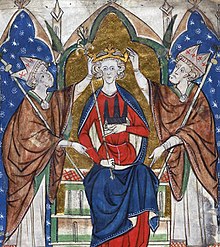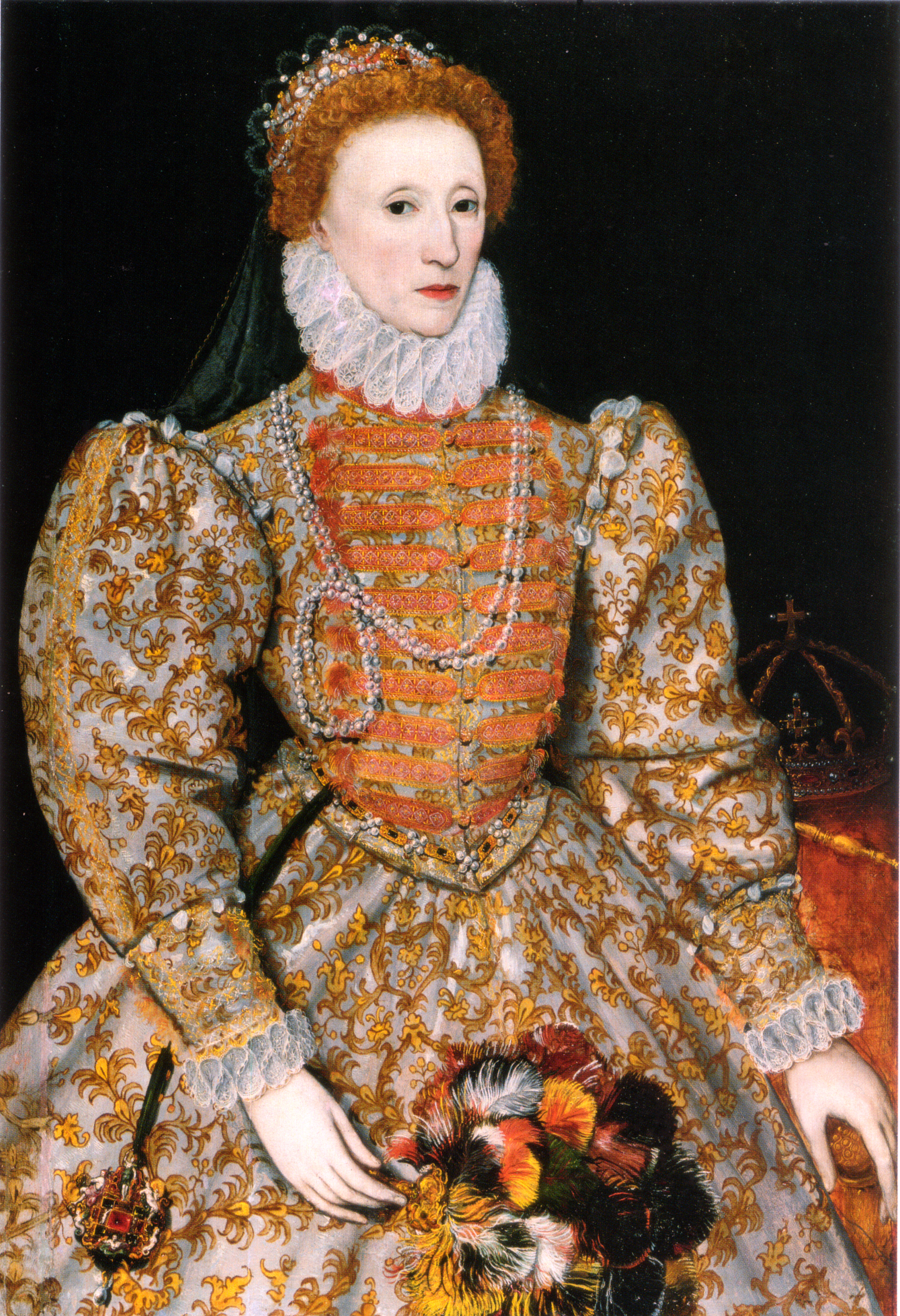This is an old revision of the document!
Fluctuating fortunes of the Priors, England, 1218-1644
To thrive, it helped if families kept on the winning side of royal politics: as the Priors found, this was not always easy and could depend on luck as well as religious inclinations. This brief account of the Prior/Priorur/Priour family in England during these turbulent centuries is taken from TLM-P's Family Bibles and other publications, with the common source appearing to be John & John B. Burke's A Genealogical and Heraldic Dictionary of the Landed Gentry of Great Britain & Ireland: M to Z, London: Henry Colburn Publisher, 1846, pp.1075-76.
Here we trace just one line of our many ancestors, that of John Priorur who had a charter from Henry III and performed the necessary homage to his king in 1218.1) Burke states that the charter was still valid 220 years later though the surname was then spelt Priour (note that it was only in recent times that spelling, even for surnames, was standardised). According to Burke, John Priorur died circa 1253 and was succeeded by his eldest son Thomas.
 Image of Henry III (reigned 1216–72)
Image of Henry III (reigned 1216–72)
Passion and Pardon: One of John and Thomas Priour’s direct descendants, ‘Thomas Priour de Exnynge’ acquired 'considerable property under the Earl of Lancaster'. He was therefore involved in what Burke called the ‘fatal affair of Piers de Gaveston’ – the murder of King Edward II’s favourite and, some maintain, lover. On 16 October 1313, the Duke of Lancaster and some 250 men involved, including Thomas Priour, were given a free pardon. The same year, Thomas Priour had sufficiently redeemed himself to become a member of parliament representing the southern English county of Hertford. His younger brother John Priour was sheriff of London.
Seizing the moment!: Either the same Thomas Priour or his son Thomas had the good fortune to be admitted as a witness to the birth in 1330 by the wife of King Edward III, the 15 year-old Queen Philippa. This Thomas smartly rode to tell the King that he had a ‘fair, lusty and well shaped infant’ and, most importantly at the time, a male heir. Priour was consequently awarded with money and later land – an outcome that was unlikely if the baby had been a girl. Priour stayed in favour with the monarch and was reportedly one of 74 courtiers who accompanied Queen Philippa when she travelled to Europe in 1338.
Favour and disfavour: Burke records that Richard Priour and his wife Alianora gained more land in 1437 under Henry VI though the reason for the grant is not recorded. That his wife was included seems unusual, perhaps explained by her having the prime claim to the grant. Keeping estates could be as tricky as getting them: the Priour lands were confiscated during the War of the Roses - it did not do to be on the losing side of royal conflicts - but the family obtained other estates under the patronage of Edward, Duke of Buckingham. Then things took a turn for the worse again: the Priours had adopted their monarch’s Protestant faith, so had their estates confiscated during the 1553-58 reign of the Catholic Queen Mary. One of the family, now spelling his surname the modern way, was Richard Prior. He obtained land at Cambridge in eastern England. After Mary was succeeded by her Protestant half-sister Elizabeth I, the family appeared to prosper with lands in Ely as well as Cambridge.
 Image of Elizabeth I (reigned 1533–1603)
Image of Elizabeth I (reigned 1533–1603)
Robert Prior (1576-1644).2) His will showed that he lived in Ely and also owned land in Cambridge. This property was presumably based on the original holding obtained by Richard Priour (above) almost a century previously. Robert Prior had his will proved [our equivalent of probate] at Oxford on 11 April 1644.3) In the entry TLM-P prepared for Burke's Colonial Gentry, Robert Prior was said to have left an widow, daughter and son Thomas.4)
The Archivist of St John's College Cambridge (Dr Lynsey Darby) provided more detail to Patrick Prior in an email 29/6/2021:
I’ve made a list (attached) of all the 17th-century entries for Prior recorded in the College lease books and Robert Prior first rented property from St John’s in 1627. He leased a tenement or house called Moorehouse / Morehouse, otherwise the Green Dragon (the name it’s referred to by in the annual accounts), so presumably a pub. Also the buildings adjoining the Green Dragon. Thomas took over the lease and it looks like he left Cambridge in 1651 and returned in 1675, [when he was] now described as ‘of Rathdowney’ and a gentleman.
I’ve also noted who took over the lease in the intervening period and they were obviously connected as both Thomas Prior and the new lessee were upholsterers. The lease passed from the new lessee to someone with the same surname, so presumably a son or nephew, Samuel Flesher. As with all these leases (though I need to check the 1627 one), Samuel Flesher was also given a licence of alienation from the College allowing him to sublet for the first 37 years of the lease, which it appears he did, as when Thomas Prior took over the lease he only had it for 32 years rather than 40, and he took it over 8 years after Samuel Flesher did.
I also looked at the College’s annual accounts, known as Rentals, although rents are only part of what’s recorded in them. I’ve noted who was paying rent for the Green Dragon for the years of interest as suggested by the leases and by when Thomas proved his father’s will, but oddly the accounts still have the person paying the rent as Robert Prior until 1648 – perhaps Thomas didn’t inform them of his father’s death. Also attached is a photo I took of the original counterpart lease of 1699, signed by Richard Prior as tenant and retained by the College. We don’t have the originals of earlier leases, that I’ve found. It’s just for interest as I thought you might like to see it; likewise the close-up of his signature.
The account books / rentals aren’t indexed by name, whereas the lease books are, so the account books are more difficult to search. However, the first lease book begins in 1609 and Prior is not in the index to that. Cambridgeshire Archives might be able to advise on whether there are sources which might lead to further information about Robert Prior and his ancestors. Perhaps as he was an upholsterer and his son, at least, had connections in the London Upholsterer’s Company (known as the Upholders’ CompanyUpholders Company)), then if records of a Cambridge Upholders’ or Upholsterers’ Company survive that would be the next place to look.
Map showing Ely. Cambridge is around 27km south. 
For more see a “Pedigree of Prior Family of Leverington and Parson Drove in the Isle of Ely, of Rathdowney in Queens Co. and pedigree of Murray Prior of Rathdowney, aforesaid, of Southsea in Hampshire, of Brighton in Sussex, and of Queensland, c. 1600-1889” In NLA (Australian Joint Copying Project M984), Prior Family, Item ff.368-77, from Collections of the Genealogical Office (Office of Arms), Dublin / Registered pedigrees / Registered pedigrees (MS 180).